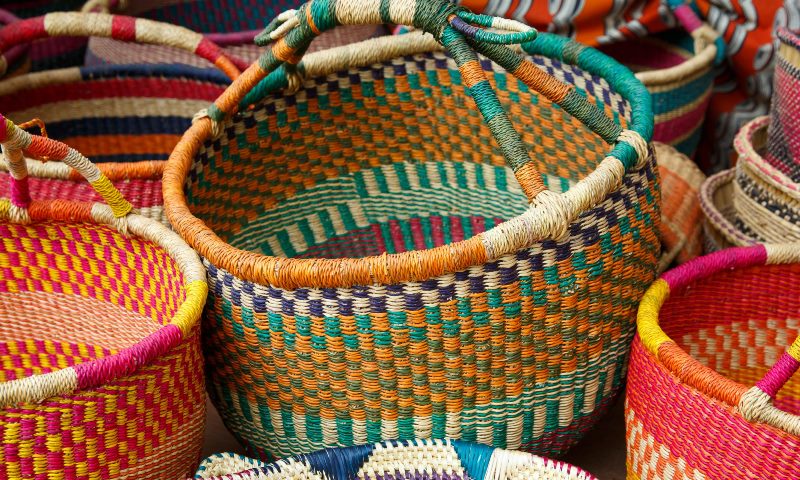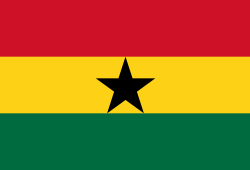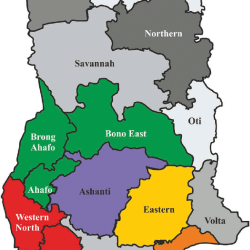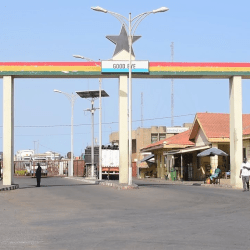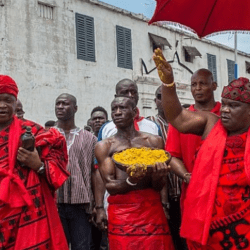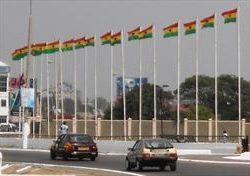The Upper East Region is the gateway to Ghana from Burkina Faso, which is the traditional crossroads for the trans-Saharan trade routes.
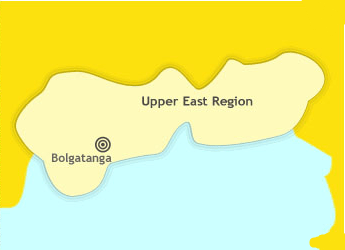
An exciting introduction to Ghana, much of the landscape is broad savannah grasslands, dotted with the strange-looking baobab trees, or striking Sahel terrian. In the villages, with their distinctive round huts, communal activities go on as they have for generations.
The principal border posts from Burkina Faso are found at Hamale, Kapulima. Paga and Kulungugu.
For political administration, the region is divided into six Districts: Bawku East, Bawku West, Bongo, Builsa, Kassena-Nankana and Bolgatanga (or ‘Bolga’ as it is known locally) being the capital of the region has always been a meeting point for traders from Mali and Burkina Faso on their way south to Tamale and Southern Ghana. The markets continue to be important trading points, and ‘Bolga’ is a famous centre for handicrafts, including straw hats and baskets, leather goods and metal jewellery.
The local villages with their distinctive building styles that have evolved through the generations, and adapt so well to the lifestyle of the people and local conditions, provide a distinct contrast to those in other parts of Ghana and welcome visitors.
Attractions
Bolga Market
A splendid place to meet traders from all over the region and bargain for basket ware, leather goods and traditional clothing
Tongo Rocks
The whistling rocks of Tongo rise dramatically from the landscape just 10km from Bolga, and the Harmattan creates ghostly whistling sounds
The Paga Crocodile Pond
Located at the Northeast border, this is a sacred sanctuary for crocodiles. The reptiles are enticed from the water by the custodians and make a surprising photograph to take home
Naa Gbewaa’s Shrine
This traditional shrine commemorates Naa Gbewaa’s at Pusiga who founded the mole-Dagbon tribe in the 13th century.
Navrongo
The historic mud-built church is well worth a visit
Nalerigu
The ancient defence wall was a local bastion indicating that the slave route passed close by its way from Djenne and Ouagadougou
Cultrual Festivals & Events
Paragbiele Festival
Thanksgiving to ancestors and Almighty God for guidance over the farming season. Farm produce is exhibited along music, dance and general merry-making.
Willa Festival
Celebrated in 27st April, at Takpo, this festival is to thank the ancestral shrine ‘Will’ for guidance and protection and also to ask for continued blessing from the shrine and God Almighty.
Zumbenti Festival
The significnace of the Zumbenti festical is to give thanks to ancestral gods, cleansing of the land of evil spirits and pacification of gods and re-unting of families. Considered the most opportune time to contract tradtional marriages.
Kobina Festival
This festival is a post-harvest event to acknowldge the spiritual guidance of the traditional area by the ancestral gods as well as jubilate over the bountiful harvest. Dancing competitions are organized. This festival is celebrated in 1st week October at Lawra
Kakube Festival
This festival is celebrated to thank family gods and ask them to bless the soil, protect the people during the farming seasons. It is celebrated in the last week of November – 1st week in December by the Nandom.
Wildlife & Nature
Gbelle Game Reserve
The Reserve is located about 17km south of Tumu. It is a sanctuary for many endangered species of wildlife like hippos, and water bucks, elephants and birds of spectacular plumage. The Reserve’s specialized activities are devoted primarily to conservation and reproduction in an effort to protect and increase the animal population. There is seasonal migration and visits of elephants and other species from Mole.
Wechiau Hippopotamus Sanctuary
The Wechiau Hippo Sanctuary, a community protected area is located at the extreme north-western corner of the Upper West Region of Ghana. it consists of a 40-kilometres stretch down the length of the Black Volta River which forms the region’s western boundary with Burkina Faso. It is home to hippos, bats, chameleons, hedgehogs and many different types of lizards and snakes. The sanctuary is an excellent place to see birds with over 200 species identified and new sights seen regularly.
The sanctuary contains much more than just hippos. We are an excellent spot for bird watching, including woodland savannah, riverine and forest shore bird species.
Trek through the many hiking trails, searching for monitor lizards, bats, hedgehogs, pythons, and even chameleons.
Two local styled tourist lodges are at the heart of the Lobi communities and offer many opportunities to meet local people. This relatively undisturbed Lobi area has distinct architectural designs, interesting marriage systems and funeral rites.
Spend the night in our Hippo Hide Tree House and experience one of the best dawn choruses (bird song) in all of Africa.
Drink some Pito, the local beer, with the headmen and hear stories of days pas or listen to the xylophone music.
Take a river safari on the Black Volta with a chance to see the hippopotamus, Violet Turacoes, Malachite Kingfishers and Vervet monkeys.
Enjoy a cultural tour, where you will visit a Lobi compound and learn about traditional practices and ways of life.
To get most out of your visit and experience all that the sanctuary has to offer, we recommend that your plans involve spending the night at one of our lodges. Morning and Evening River Cruises tend to give the best view of the hippos, birds and other wildlife. Afternoon can be spent trekking the trails, visiting local homes, and even relaxing in our Hippo Hide. It is high in the trees and an excellent spot for bird watching.
Come, see and experience the wealth of wonders and activities we have to offer. The best time to see hippos is in the dry seasons, usually November through June. June through August is a good time to see birds in all their colourful breeding plumage.
Getting to Wechiau is only the beginning of your adventure! Your first stop is Our Welcome Office, where you will find a local guide who will assist you with all your needs as well as provide information about our history, local culture and native plant and wildlife.
The Bat Sanctuary (Sombo), Sacred Royal Python Sanctuary (Jafiiri)
These are successful traditional wildlife reserves. Other interesting attraction in the region are the smoothly polished mushroom-shaped rock formation leaning on their sides (Wuling), The Gothic stone cathedral built in 1936 at Nandom and the Ghanaian xylophone making at Lawr

